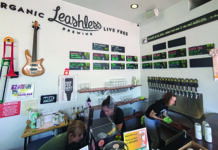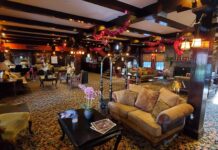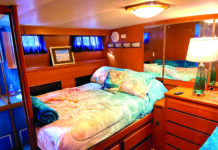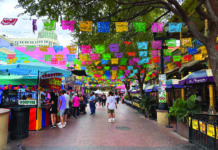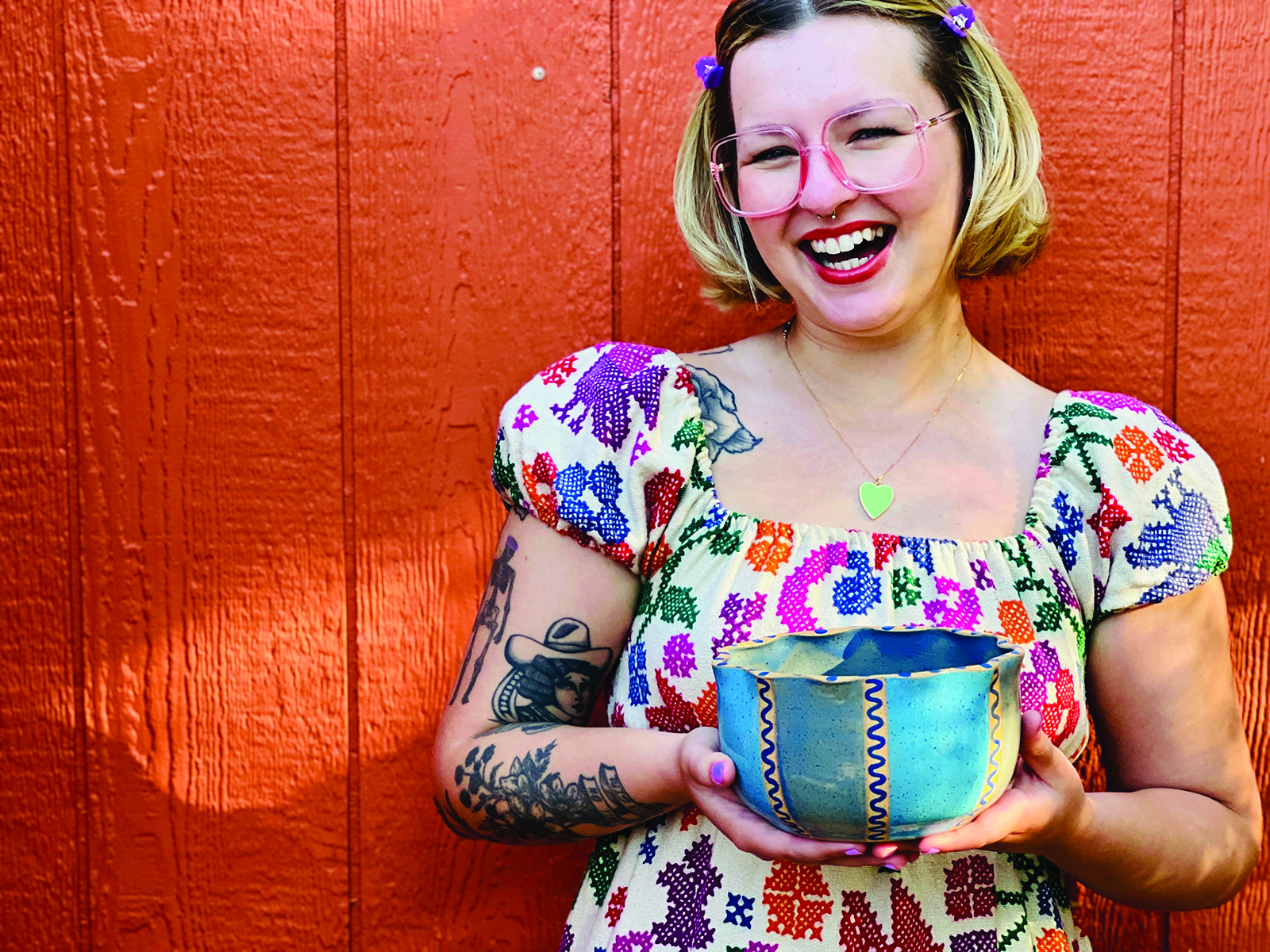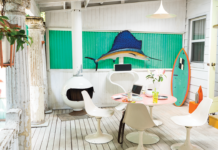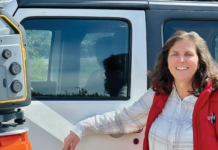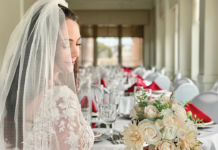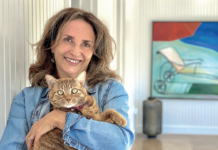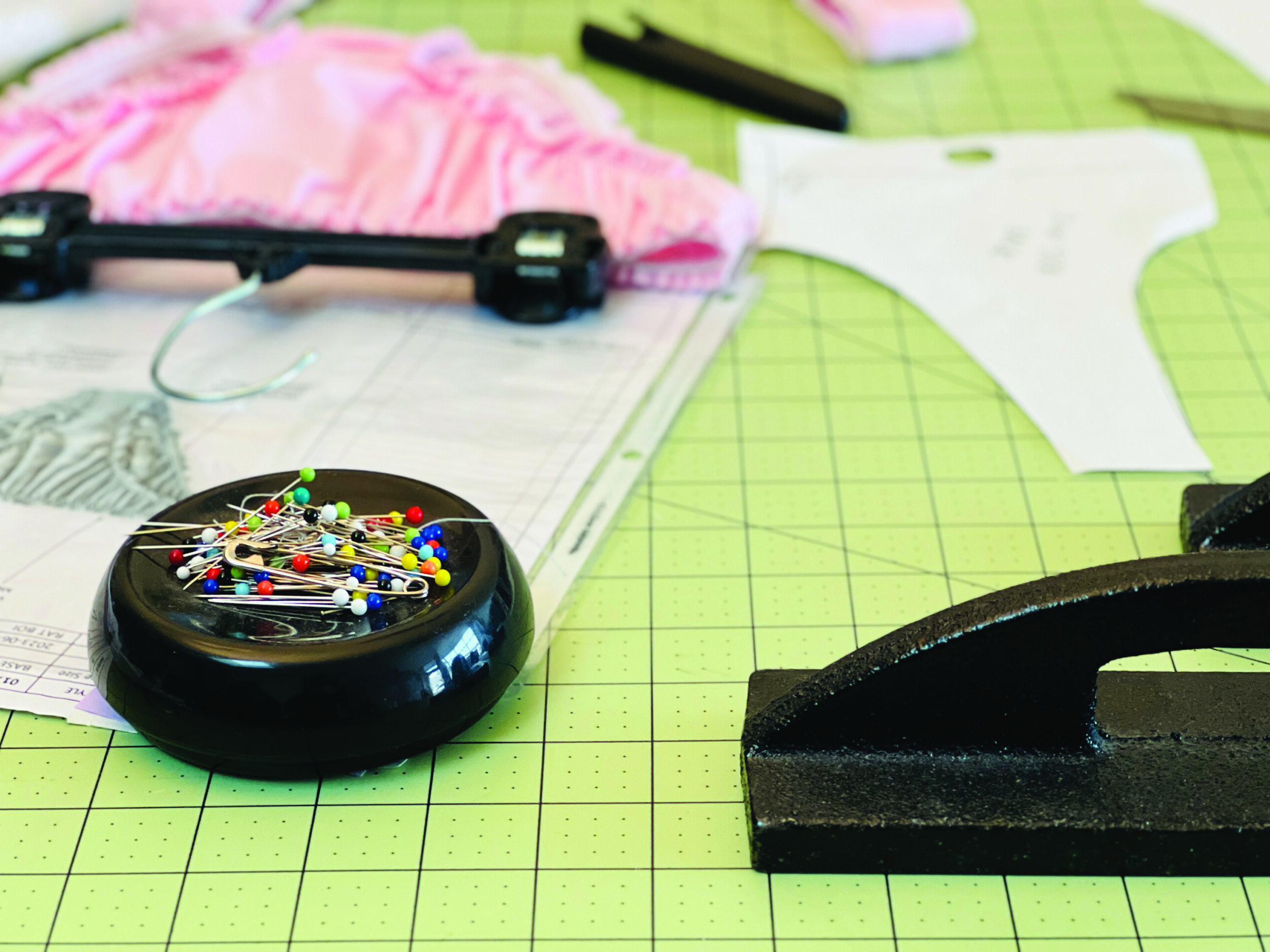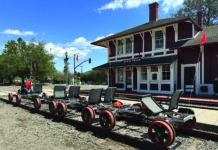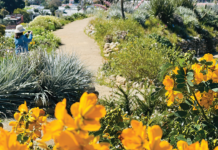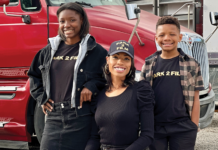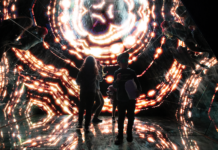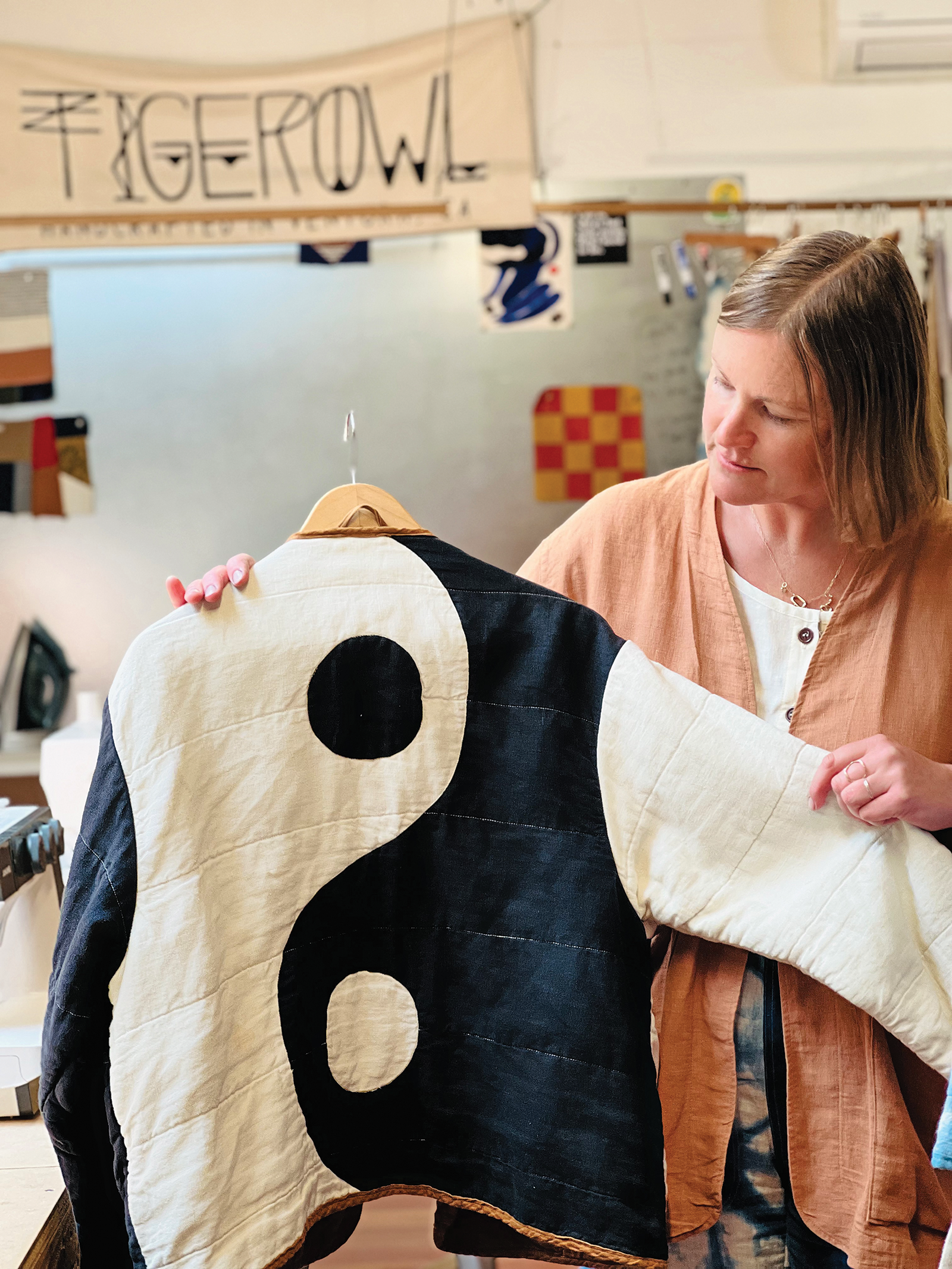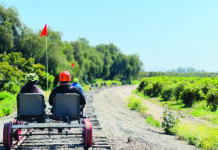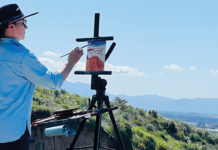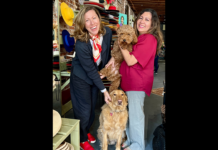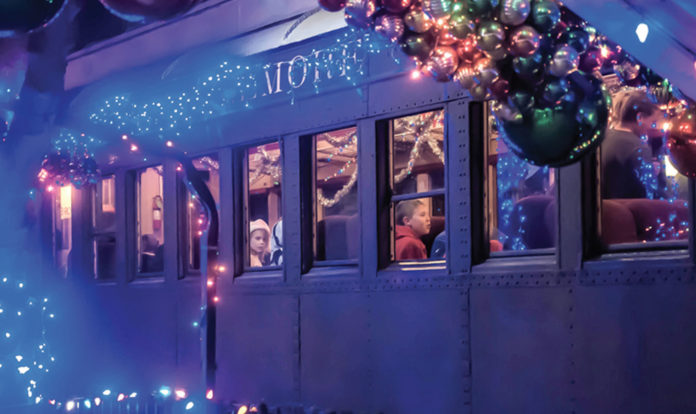The Fillmore and Western Railway recreates the excitement and enchantment of train travel.
BY MARK STORER
Trains are an American myth. With the stature of Arthurian legend, trains resonate now (mostly in the minds of people of a certain age) with the allure of a bygone era that was luxurious, quiet and sleek. With the exception of certain commuter lines, traveling the U.S. by rail today is perhaps the slowest way to get just about anywhere. Trains, nevertheless, carry an innate sense of beauty and a memory that flickers just out of reach, like Gatsby’s dream.
But the dream can often resurrect beauty itself and art does, on occasion, imitate life. Privately run railways have always maintained popularity even in the face of Amtrak’s downsizing of the once-great vision of rail travel. The Grand Canyon Railway, the Skunk Train in Northern California, the Strasburg Rail Road in Pennsylvania and, of course, Ventura County’s own Fillmore and Western Railway.
ROMANCE OF THE RAILS
Thirty miles of track on land leased from the Ventura County Transportation Commission is the habitat for four diesel engines, one 1913 Baldwin steam engine (converted to oil by the Fillmore and Western), a series of Pullman passenger cars and a few converted flatbed cars.
Tourists have been coming for years to ride the seasonal Halloween Pumpkin Liner and the various Christmas-themed trains as well as dining and theater trains and other short journeys through Heritage Valley on the rails between Piru and Santa Paula. Hollywood has been taking note since the 1970s: More than 800 movies, television shows, commercials, photography shoots and videos have been filmed using the Fillmore and Western Railway, including most recently Water for Elephants, Westworld and The Good Place.
On a recent trip on the Pumpkin Liner to its pumpkin patch, haunted house and Halloween playground, the train rolled, at times slowly, on a 45-minute trip. The day was hot and out the window were the dried skeletons of trees with leaves clinging to the last bits of life. The agricultural fields that used to rely on these rails for distribution glistened with sprinkler water in the distance.
I sat across from my father and stepmother. I grew up in the Midwest, a place that railroads built — and rail-fever is real in my family. Dad drove three hours to join me, just for a chance to ride the Fillmore and Western.
“You wouldn’t know it, but these cars used to travel up to 90 miles per hour,” said Dan Phipps, a retired architect and volunteer brakeman. “I’ve been working on the train here for 10 years. They tell me what to do and I do it.”
People like Phipps have been with the company for years. “I love it. It makes for a great weekend,” he said.
Josh Carsman came on board recently, lending his considerable IT experience to building a new, more dynamic website and marketing the Fillmore and Western more effectively.
“I grew up with trains and I was excited to be part of this. My dad worked on the trains at Griffith Park when I was young and I want to be part of the magic, like Walt Disney used to say,” Carsman said. “These cars bring back memories to all of these people who work here and our riders, too. Everyone has a passion for what they’re doing.”
Carsman’s job as director of marketing, events and public relations is no mean feat. The railway survived lawsuits by both the city of Fillmore and the VCTC. Just resolved last year, the suits swallowed up untold sums of revenue and about seven years of time as the VCTC alleged, among other things, that the tracks were not being maintained to appropriate standards. But the suit was settled and the railway continues to operate through a settlement with the VCTC through at least 2021.
“It was a frivolous lawsuit,” said David Wilkinson, owner of the Fillmore and Western Railway with his wife, Tresa. “But it did its damage. There are a lot of people who still think we’re out of business. But we hands-down prevailed in the suit and the first thing I did was hire Josh.”
FROM HOLLYWOOD TO HOLIDAYS
Wilkinson, who bought the railway in 1996 from Short Line Enterprises, said that the railway never died in Hollywood. Those lean years taught him to be more flexible. “We learned how to rehabilitate these Pullman cars from the 1920s and transport them by truck to distant locations.” That made the company more indispensable for film productions. Movie producers would truck railway cars as far as Tennessee and Texas for on-location shots.
The railway exists along what used to be the main line between San Francisco and Los Angeles in the 1880s. Fillmore itself is named after J.A. Fillmore, a superintendent with the Union Pacific Railroad.
“In 1919, they dug those tunnels in Chatsworth and rerouted trains in 1921,” said Wilkinson. “This became a secondary line, but it still ran trains from L.A. to Saugus and L.A. to Oxnard, very important lines for agriculture in this area. We are riding on history, here.”
Among the more exciting rides offered in October is the Zombie Hunter Train, recently created by Carsman. For $35, patrons board cars with paintball guns mounted on window platforms. “The zombies are out in the field and the train slows and you get to fire at them,” Carsman said. The attraction has proven to be one of the more popular ones. “It’s creative and I’m proud of that.”
As Christmas approaches, the railway becomes a beehive of activity with its Polar Express, Sugar Plum Express, Holiday Village and Christmas tree trains as well as a New Year’s Eve dinner train. The Haunted Pumpkin Patch has been converted to Santa’s Village.
“It takes us about two or three weeks to turn it over,” Carsman said. “It becomes our Winter Wonderland with Santa’s house and a woodworker who makes wooden toys for the kids. You can buy a pre-cut Christmas tree and we’ll load it on the train for you to take back and bring home.” He thinks of the railway as a giant canvas on which to spread ideas. “I’m constantly working to improve and enhance it with more. I’ll do whatever it takes, I’ll pull out every resource to make it shine like it deserves.”
ROLLING INTO THE FUTURE
Southern California’s rail history is indeed rich, dating back to the 19th century, but as Los Angeles and surrounding areas grew, the car was king and rail lost ground. “You don’t see this in SoCal much,” Carsman said. “It’s a real throwback. That’s sort of the rewarding part of it all.”
“It’s got a long, rich and proud history,” added Wilkinson. “We’ve got one of the best collections of rolling stock in the country and we’re versatile. I think the place has a great future and will be here a long time.”
But there are risks, Wilkinson admitted. “The rail line being owned by the government brings instability. One individual can say or do something that causes problems and it shouldn’t be that way.”
At 71, Wilkinson is thinking about the future as well. “I’ve got a good team of 28 employees and we rely on them. My son likes being around it and is interested in it,” he said. “There’s something about a railroad, there’s some excitement that people love to be around.”
Staff and volunteers are working to make the railway indispensable. But between the city, the VCTC and a lease that runs out in 2021, “the future is unknown,” admitted Wilkinson.
For now, the trains are rolling, more popular than ever, and revenue is increasing — critical if the railway is to continue. But like that dream of yesterday, the train rolls on into that uncertain future, certain only that it has a schedule to keep and passengers to make happy.
Odd Fellows 12th Annual Model Christmas Train
Growing up in the Midwest, model railroading is part of my earliest childhood memories. In a house with a basement, we kids had room to do any number of creative (and destructive) things that got us out of our parents’ sight and mind.
Wes Easley, a past Grand of the Santa Paula Odd Fellows Post 414, started putting together a Christmas model railroad for his family. He never intended that it would be the beginning of what is now a much-anticipated community event. The Annual Christmas Train Display draws thousands of visitors each year to the Odd Fellows’ historic clock tower in Downtown Santa Paula.
“Trains are big, comforting pioneers,” Easley said. “It’s helped make the country what it is today and it still holds that kind of glamour.”
In 2008, Easley built a 1/29 scale model of the historic Santa Paula railroad depot. “It started sort of low key and over time, we’ve grown it to three or four times its original size,” he said. “We run about 20 trains at a time on it when we’re going. . . . It takes about six weeks to put it all together.”
The G scale trains are operated by four of the 25 Odd Fellows members at any one time. Various landscapes form the backdrops, with themed decorations around the holidays. The Odd Fellows ask for a donation of $4 for adults and $2 for children ages 5-12, which will in turn be used for philanthropic causes chosen each year by the group.
“It’s something pretty special to watch kids come in and really enjoy it,” Easley said.



